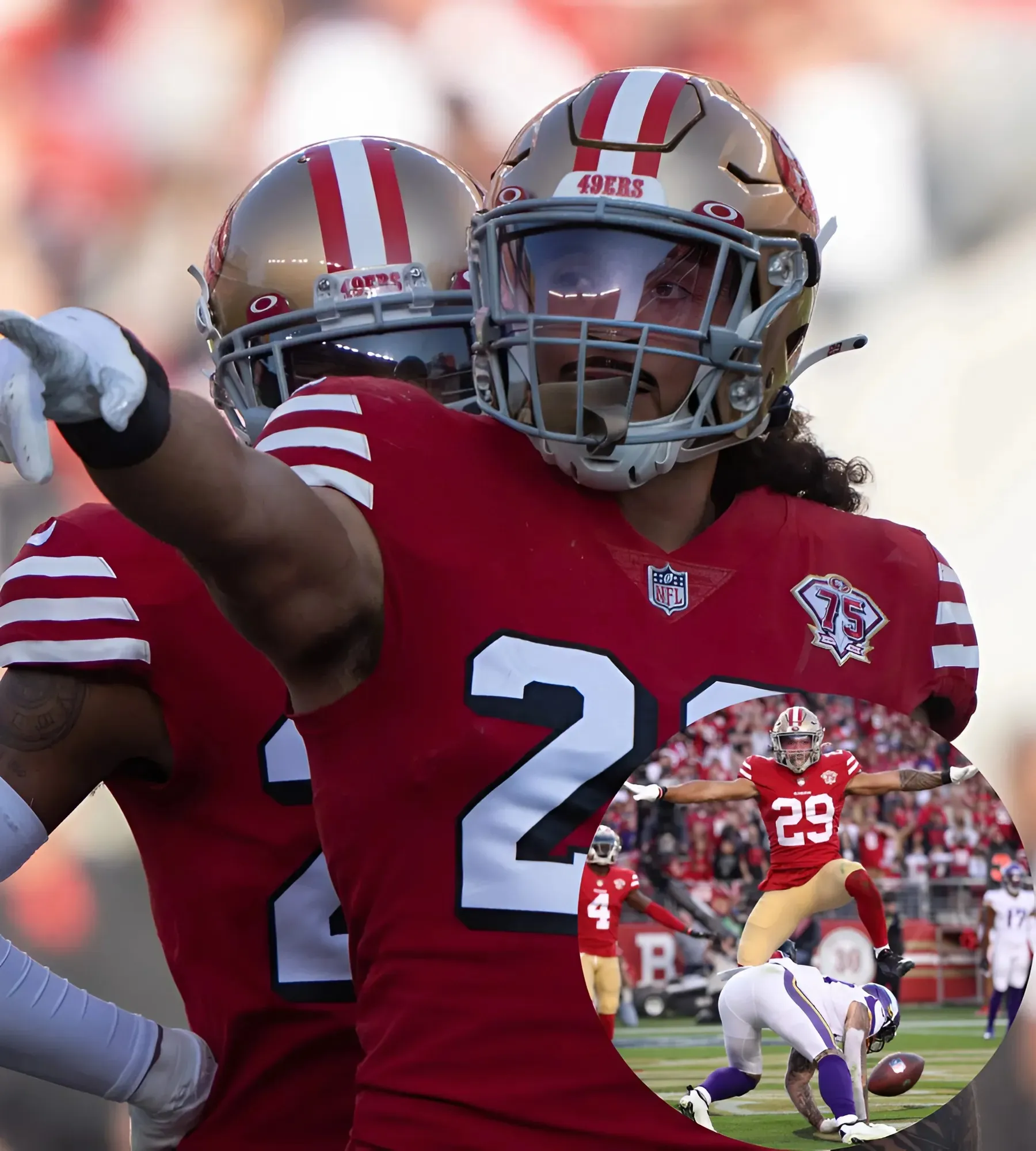Each offseason, it seems like the Ravens hit all the right buttons. They retool in all the right places, find a draft steal, and manage the salary cap to retain top talent. This year is (almost) no different. But, there’s one major move that kept them from earning an A on Seth Walder’s offseason report card.

Ravens’ Selection of Mike Green Their Biggest Offseason Risk
Walder noted that Baltimore’s decision to draft Mike Green raised some eyebrows, especially considering the allegations surrounding Justin Tucker. While the Ravens may have been more focused on Tucker, they decided to overlook Green’s red flags.
Baltimore ultimately decided to release Tucker in early May, only citing football reasons. But, the team has insisted that they’ve done their due diligence and looked “very thoroughly” into the allegations surrounding Green.
That due diligence emboldened the Ravens to select Green, “despite multiple teams having him off their draft boards because of multiple sexual assault allegations,” Walder writes.
In addition to the concerns surrounding the allegations, Green is the lone Ravens rookie who remains unsigned. That would usually raise some eyebrows heading into training camp. But, Ravens Editorial Director Ryan Mink responded to fan questions saying that he’s not concerned.
“As of June 30, 30 of the 32 second-round picks this year remained unsigned, per Front Office Sports,” wrote Mink. “So, the Ravens’ Mike Green is hardly alone.”
While Green isn’t alone in his holdout, Mink is banking on a “domino effect” at the start of training camp.
“The start of training camp will likely be the time because it’s when players return to take the field,” Mink wrote. “If they practice without a signed contract, they are assuming some degree of injury risk.”
Every Other Move Garnered High Praise
Walder began by praising the Ravens’ decision to re-sign LT Ronnie Stanley as their “best and most significant move.” While he acknowledged that it was “hardly a risk-free choice,” given Stanley’s injury history, they retained the best available talent on the market.
“Given the Ravens’ status as a leading Super Bowl contender, left tackle was no place to take a risk,” Walder wrote. Based on the contracts of other top talent like Tristan Wirfs and Penei Sewell, Walder noted that Stanley’s $20 million per year “is a long way from the top of the tackle market.”
Elsewhere on the offense, the Ravens decided to bring back WR Rashod Bateman with a 3-year, $36.75 million extension. That puts him at No. 33 among all receivers this year, in terms of total cash.
While his lack of production so far is less than ideal, last year could be viewed as his breakout season. He recorded career highs in targets (72), receptions (45), yards (756) and touchdowns (9).
Walder noted his relative lack of production, but added that it’s “hardly a concern considering what they paid to extend him,” Walder wrote.
On the other side of the ball, Walder praised the Ravens’ moves to sign cornerbacks Jaire Alexander and Chidobe Awuzie. He called Awuzie’s signing the move he liked the most.
“After picking up Alexander and Awuzie and drafting safety Malaki Starks in the first round, Baltimore’s secondary looks incredibly deep despite losing Brandon Stephens,” Walder wrote. “And the Ravens project to receive four compensatory picks in next year’s draft, per OverTheCap.com.”
After adding plenty of talent this offseason, the Ravens are once again well-positioned for a deep playoff run. As long as Green can come to an agreement with the Ravens – and more importantly, avoid a similar outcome to Justin Tucker – Baltimore should be thrilled with the value of the pick.


-1753691693-q80.webp)